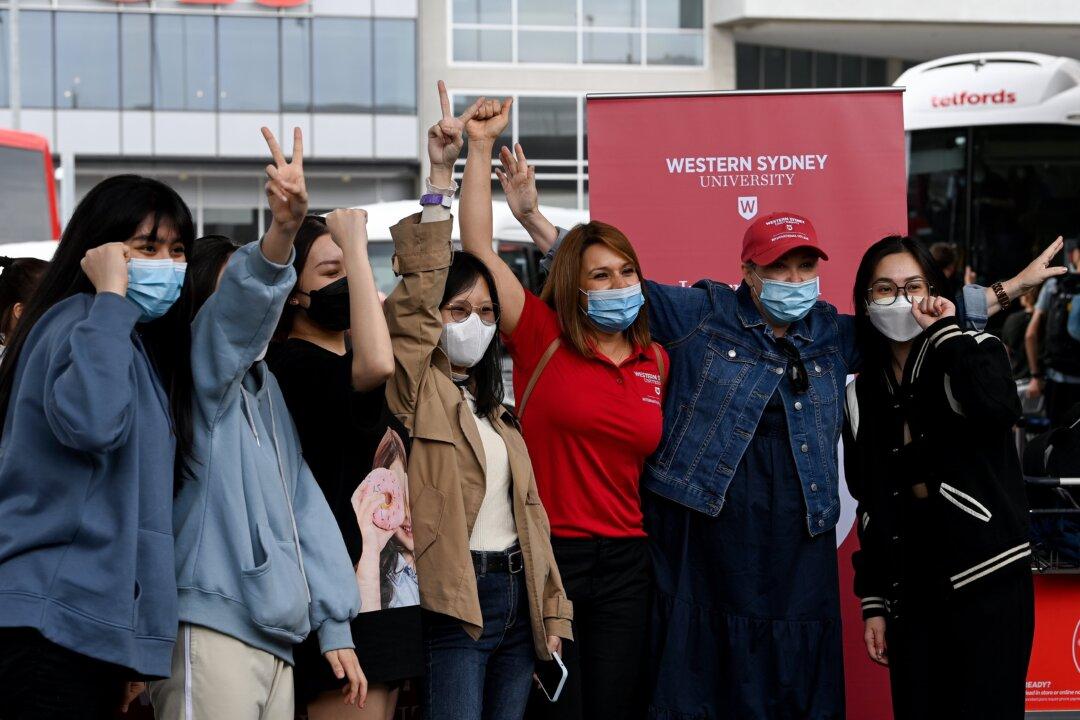An American scholar has raised concerns about Australian universities’ treatment of international students whom he said have received a “really low-class education” while their money is being used to fund “big-ticket research” and drive up the universities’ rankings.
During the launch event for his new book at the Centre for Independent Studies, Associate Professor at the University of Sydney Salvatore Babones said there are “many abusive practices” in the recruitment and retention of international students.




